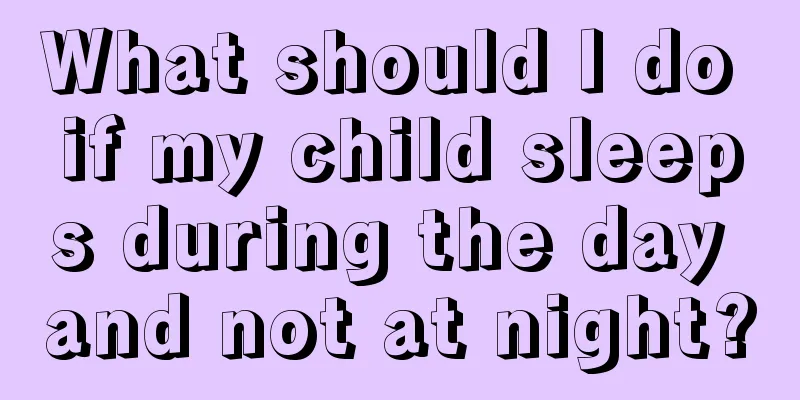Children with high platelet count

|
Platelets are a very important element in our body. If we have fewer platelets, our coagulation system will have problems. We may bleed after a wound. An increase in platelets may cause inflammation, especially for children. Inflammation often occurs in the body when they are young. So what should we do if the total number of platelets in children is too high? The normal platelet count is 100~300. If the baby's platelet count is high, it is mostly reactive thrombocytosis, which is common in acute and chronic inflammation, iron deficiency anemia, etc. This type of increase usually does not exceed 500. After treatment, the platelet count will quickly return to normal levels. There are two other factors that cause high platelets. One is iron deficiency anemia. The red blood cells are caused to be small in size, and these small red blood cells are regarded as platelets when counted by the instrument, causing a false increase in platelets. On the other hand, iron deficiency anemia can cause secondary thrombocytosis, which can return to normal after the anemia is cured. Low neutrophils and high lymphocytes are a common manifestation in children. This is abnormal in adults, but normal in children. In addition, check whether there is acute or chronic inflammation or infection, which can also cause increased platelet count. In addition, myeloproliferative diseases such as polycythemia vera, early myelofibrosis, and chronic myeloid leukemia. Most cases of iron deficiency anemia in children are caused by improper diet, so it is necessary to improve the diet and feed them properly. Some mild cases can be cured simply by improving their diet. When improving the diet, the first thing to do is to give the child appropriate food according to his or her age. Because children have poor digestive abilities, improving diet changes and adding complementary foods must be done with caution. Generally, after a few days of drug treatment, when clinical symptoms improve, complementary foods can be gradually added. When the child grows up to a certain stage, complementary food must be added in time, otherwise the child will suffer from anemia due to iron deficiency. Under normal circumstances, children can eat some eggs, vegetable puree and other foods after they are one year old. If your child has a picky eating habit, you need to help him correct it in time. |
<<: How to stop cough in the morning for kids
>>: White sediment in children's urine
Recommend
What should I do if my child has a persistent cough and phlegm?
What should I do if my child has a persistent cou...
Symptoms of Down syndrome patients
Speaking of Down syndrome, I believe many friends...
How to deal with burns in children
Burns are very common in life, and burns are also...
Treatment of children with fever of 38.5
Many of us are particularly susceptible to catchi...
The pros and cons of a two-year-old baby going to kindergarten
The pros and cons of a two-year-old baby going to...
What to do if a two-month-old baby has diarrhea
If your baby is only two months old and she has d...
How to prevent children from holding urine?
Children are the future of the motherland and the...
What causes eye pain in children?
In recent years, children's physical health h...
How to deal with a baby's temperature of 38 degrees
The baby's body temperature shows 38 degrees....
Basic principles of balanced nutrition for babies
For babies, daily diet is very important, and it ...
What should children eat if they don’t grow taller?
As parents, we all want our children to grow up h...
What to do if a 3-year-old child has tooth decay?
People's teeth can not only improve their own...
How to make children not picky about food
Many times, when we parents buy food, we usually ...
What does polio mean?
When a disease like polio occurs, we need to acti...
What to do if children have a picky diet
Different children have different food requiremen...









